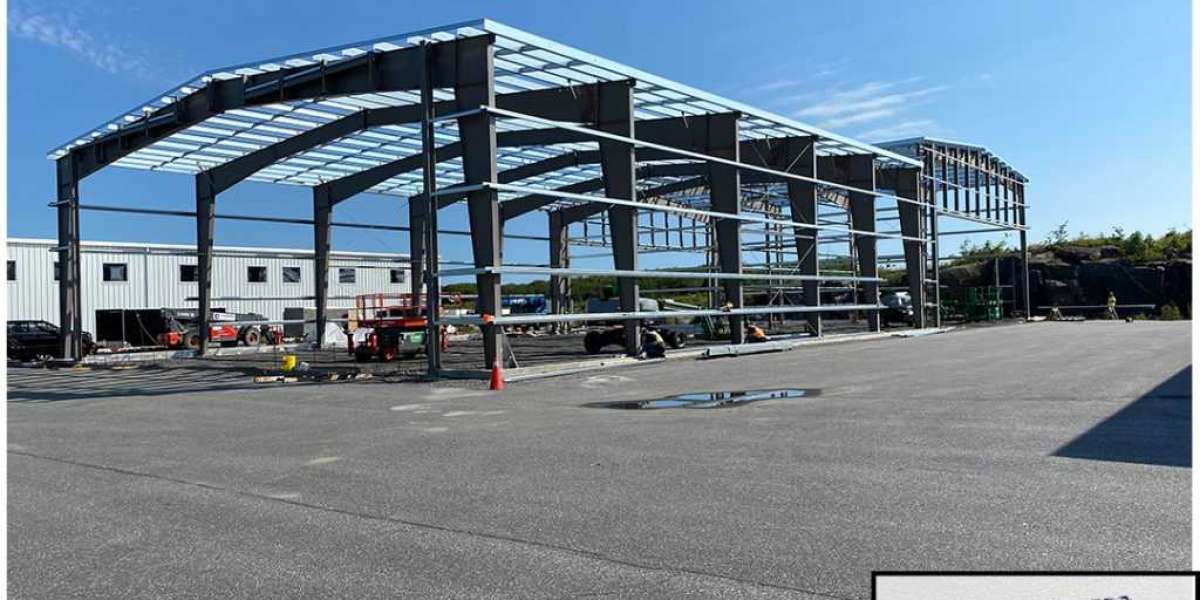Introduction:
Farm buildings play a pivotal role in the agricultural landscape, serving as the backbone of a successful farming operation. From barns and silos to storage sheds and processing facilities, these structures are essential for the efficient functioning of farms worldwide. In this blog, we will delve into the significance of farm buildings, exploring their diverse types, functions, and the crucial role they play in modern agriculture.
Types of Farm Buildings:
Barns: Barns are iconic structures on any farm, serving as multipurpose facilities. Traditionally used for storing hay, grain, and housing livestock, modern barns often incorporate advanced technologies for improved efficiency in animal care and crop storage.
Silos: Silos are cylindrical structures designed for the storage of bulk materials, most commonly grains like corn and wheat. They help preserve the quality of grains while optimizing space on the farm.
Storage Sheds: Storage sheds come in various sizes and are versatile in their use. They provide shelter for farm equipment, tools, and other essential supplies, helping to keep everything organized and protected from the elements.
Processing Facilities: As farming operations diversify, the need for on-site processing facilities grows. These buildings are equipped for tasks such as cleaning, sorting, and packaging agricultural products, reducing the need for transportation to external processing units.
Functions of Farm Buildings:
Shelter and Protection: Farm buildings offer shelter to livestock and protection for crops and equipment. They shield animals from harsh weather conditions and provide a secure environment for machinery and tools.
Storage and Preservation: One of the primary functions of farm buildings is storage. Silos, barns, and sheds ensure that crops are stored safely, preserving their quality for consumption or sale. This is crucial for sustaining the farm through periods of scarcity.
Facilitating Operations: Farm buildings are designed to streamline daily operations. Whether it's milking cows in a dairy barn or processing fruits in a packing facility, these structures are tailored to meet the specific needs of the farm.
Enhancing Efficiency: Efficient farm management is key to success. Well-designed buildings contribute to the overall efficiency of the farm, reducing labor requirements and optimizing resource utilization.
The Role of Technology:
In recent years, technology has played a significant role in the evolution of farm buildings. Smart agriculture has led to the integration of sensors, automation, and data analytics into these structures. Climate-controlled environments, automated feeding systems, and real-time monitoring have become standard features, enhancing productivity and sustainability.
Challenges and Innovations:
Despite the numerous advantages, farm buildings face challenges such as maintenance, environmental impact, and cost. Innovations in sustainable construction materials, energy-efficient designs, and eco-friendly practices are emerging to address these issues, paving the way for more resilient and environmentally conscious agricultural infrastructure.
Conclusion:
Farm buildings are the unsung heroes of agriculture, providing the essential framework for successful farming operations. As the agricultural landscape continues to evolve, so too will the design and functionality of these structures. Through a combination of tradition and innovation, farm buildings will remain integral to the growth and sustainability of the global farming community.



